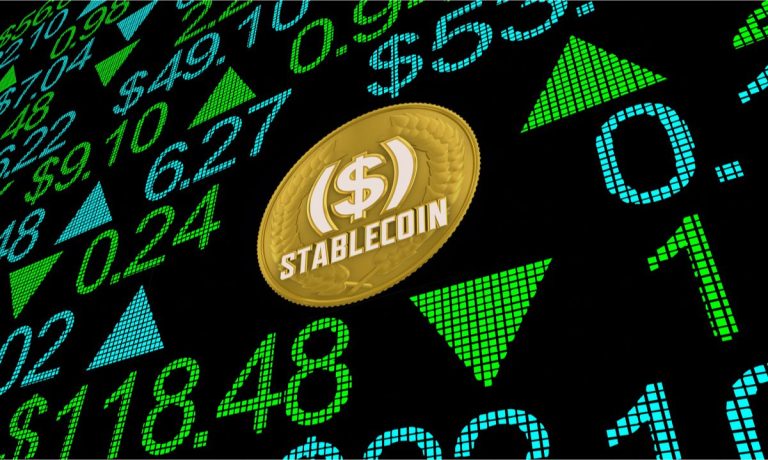
The stablecoin market is collectively worth north of $170 billion.
That’s a large number. And with the news Monday (Oct. 21) that FinTech giant Stripe has reportedly acquired stablecoin platform Bridge for $1.1 billion, it’s becoming a harder one for the payments sector to ignore.
Stripe isn’t alone in its growing interest in stablecoins, and the attention of the FinTech sector comes as these digital assets are increasingly finding utility beyond their historical use case as base trading pairs and liquidity sources across cryptocurrency exchanges and within the broader Web3 economy.
Stablecoins, which are cryptocurrencies designed to maintain a stable value by being pegged to a reserve asset (usually a fiat currency like the U.S. dollar or euro), are emerging as a powerful tool bridging the gap between traditional financial technology (FinTech) and the world of cryptocurrencies. Their ability to offer the efficiency and transparency of blockchain technology while providing the familiarity and stability of fiat currencies is critical for integrating blockchain-based assets into mainstream financial systems.
For payment professionals, understanding stablecoins’ role and their practical use cases is essential to staying relevant and competitive in today’s digital economy.
Read more: Visa, PayPal and Others Could Bring Utility and Legitimacy to Stablecoins
The potential of stablecoins to optimize cross-border payments and provide alternative payment solutions, such as for complex commercial transactions or within regions with less stable fiat currencies, is the basis of the financial services sector’s interest in the innovative digital asset class.
As recently as Thursday (Oct. 17), payments infrastructure provider BVNK launched a partnership with the stablecoin USDC-issuer Circle designed to accelerate the utility of the USDC stablecoin for BVNK customers. And BVNK is not alone in its crypto experimentations.
PayPal, for example, completed its first business payment, to EY, with its in-house stablecoin, PYUSD, earlier this month, while Visa launched a new platform for banks to issue fiat-backed tokens, such as stablecoins and tokenized deposits. Meanwhile, Coinbase is also expanding the ways businesses can pay via the Coinbase Prime brokerage platform.
Other payment providers and FinTech companies are integrating stablecoins into their platforms, allowing users to make payments or settle accounts using these assets. Major stablecoins like USDC and USDT are compatible with various blockchain networks, enabling interoperability and flexibility in connecting different payment systems. This integration helps facilitate smoother transactions between digital wallets, bank accounts and other payment platforms, creating a seamless user experience.
For example, Stripe authorized its merchants in the United States to receive the Circle-issued USDC through their online checkout pages, beginning Oct. 9, and in the first 24 hours of allowing its merchants to accept stablecoin payments, Stripe reportedly saw customers from more than 70 countries make purchases with that form of payment.
Stripe said this past April that it would bring back crypto payments after stopping them in 2018.
Read also: What CFOs Should Know About the Growing Use of Stablecoins
The stablecoin landscape is dominated by a few major players. Knowing which stablecoin is best suited to which purpose is crucial to getting the most of its usage. For example, while Tether (USDT) is the largest stablecoin by market cap, it is primarily used as a trading pair on exchanges for liquidity and stability and its regulatory status may cause businesses to hesitate in fully embracing it across their operations, particularly as the European Union’s Markets in Crypto-Assets Regulation (MiCA) is introducing tougher oversight of cryptocurrency companies.
Binance USD (BUSD), the third-largest stablecoin, is similar in makeup and use to USDT, serving a key purpose across the broader Binance crypto ecosystem and for remittances and cross-border transfers that bypass traditional banking.
USD Coin (USDC) is the stablecoin finding the widest embrace among institutions for payments, remittances and reserve assets, although banks like J.P. Morgan have also created their own native tokens. J.P. Morgan became the first major U.S. bank to introduce its own digital token for real-world use in 2019, saying the blockchain-based cryptocurrency was created to allow for “the instantaneous transfer of payments between institutional accounts.”
Stablecoins vary in their regulatory adherence, and businesses must assess the risk and compliance requirements for each.